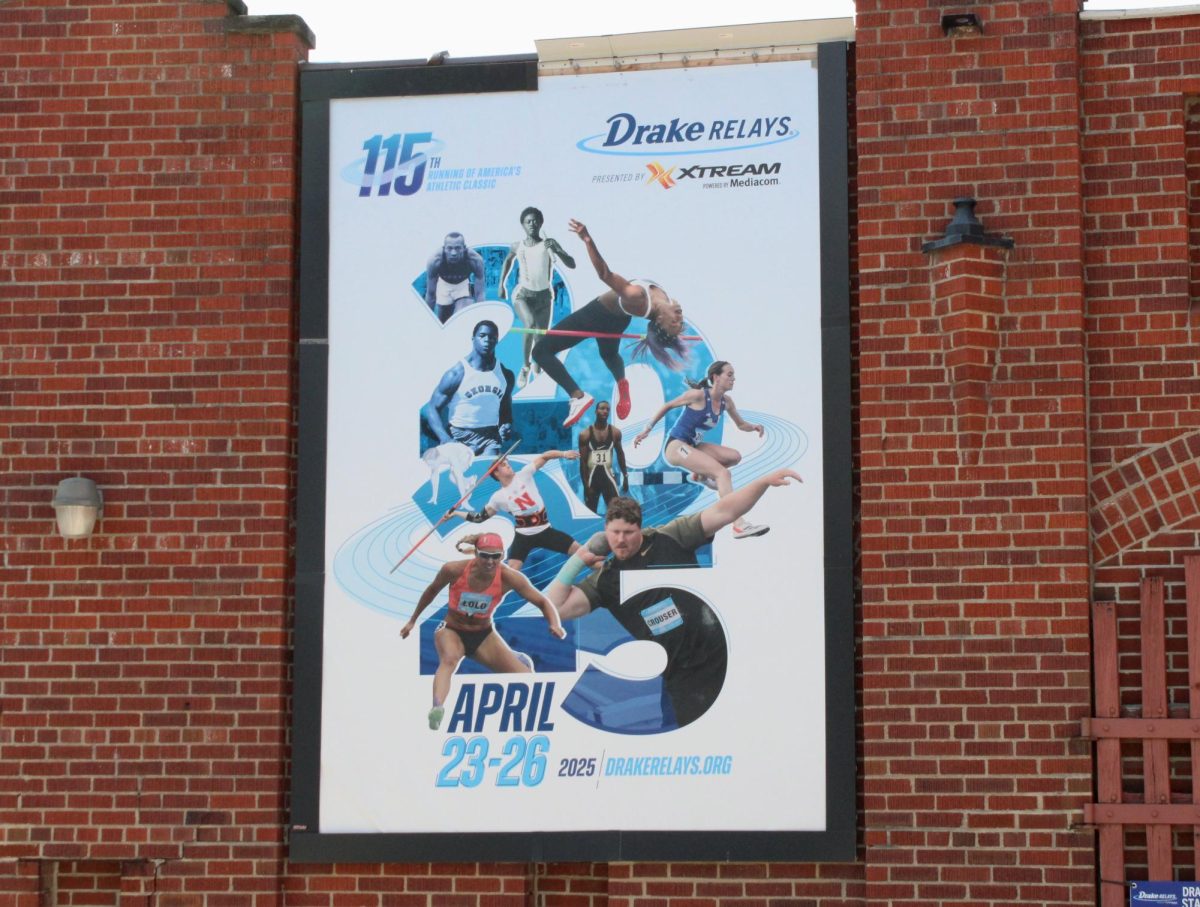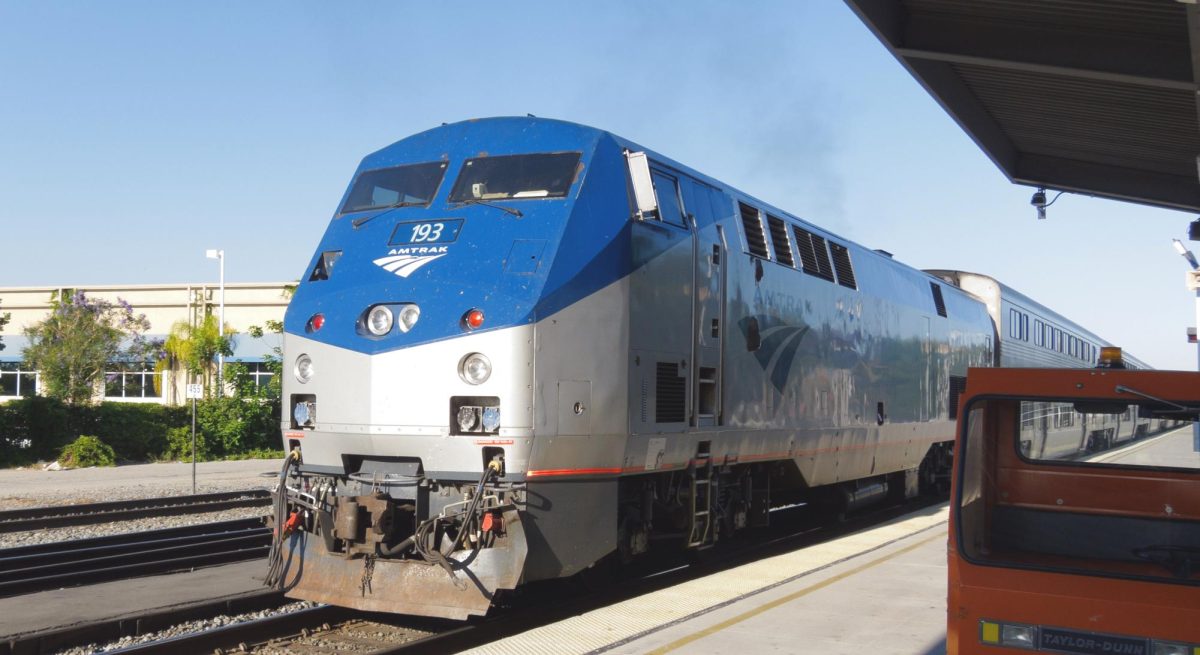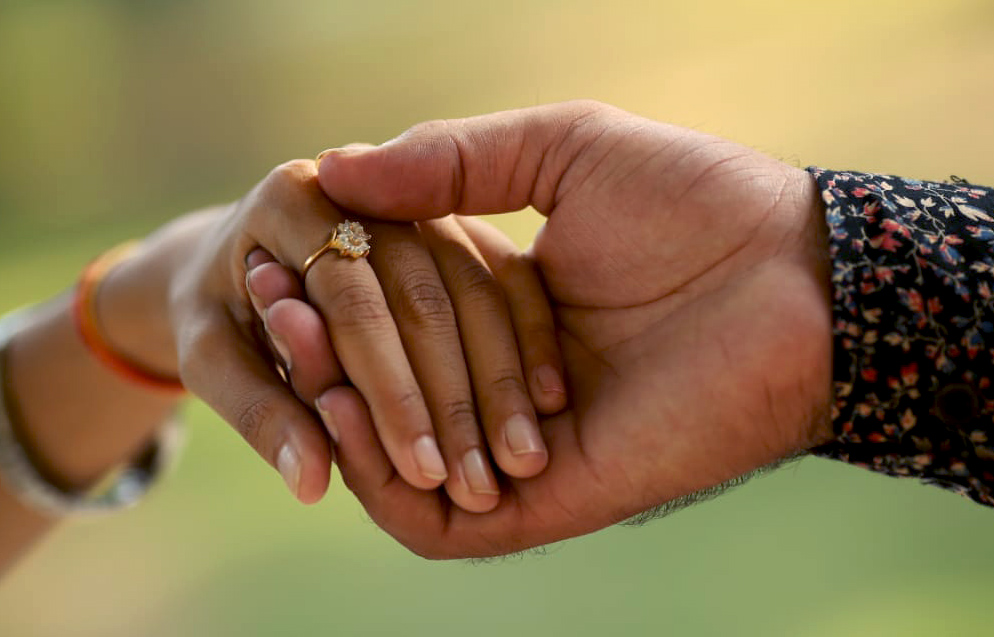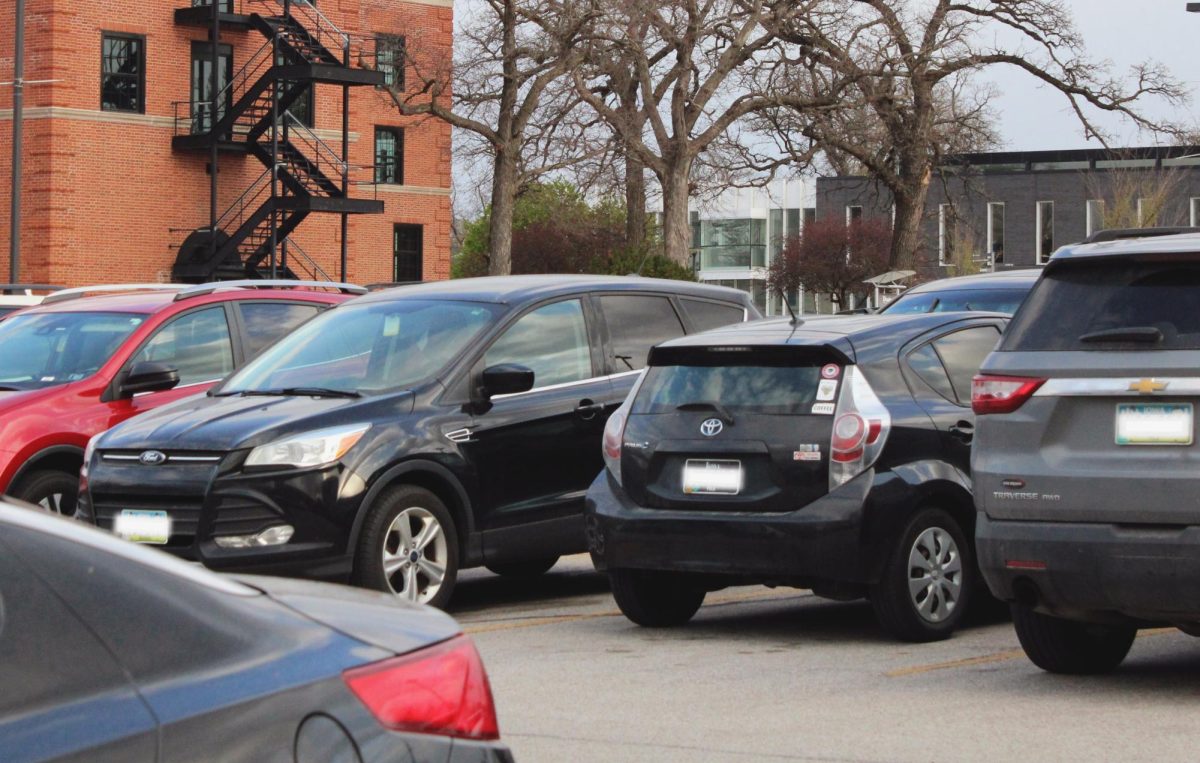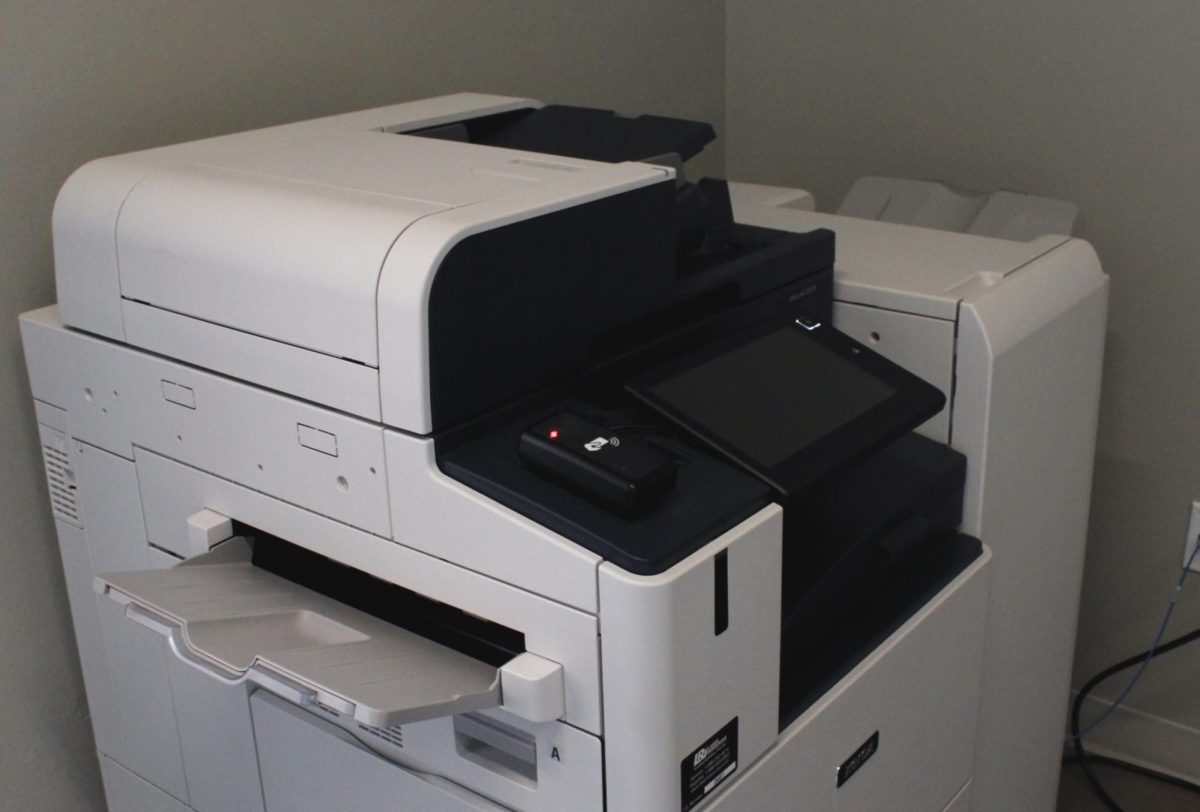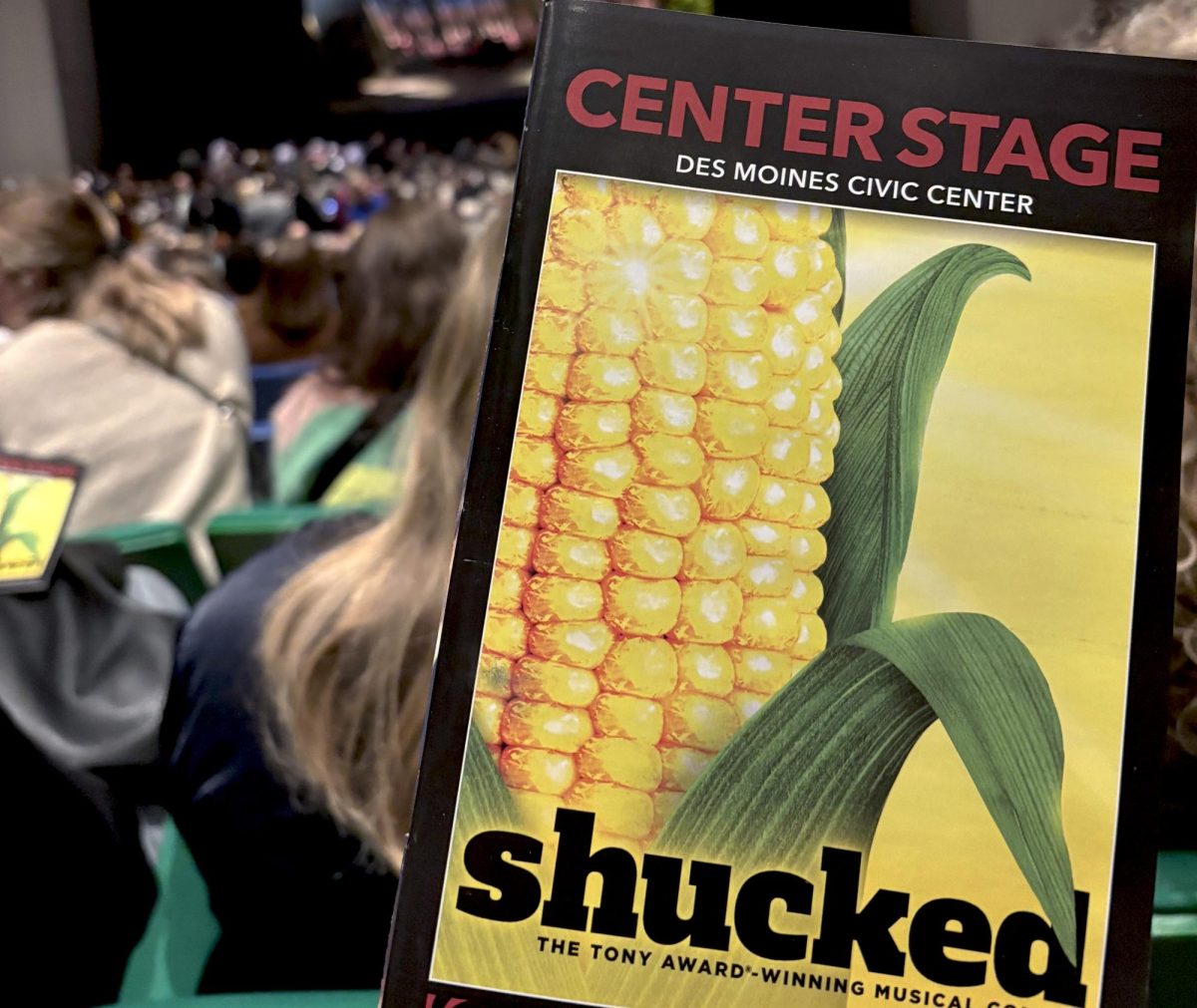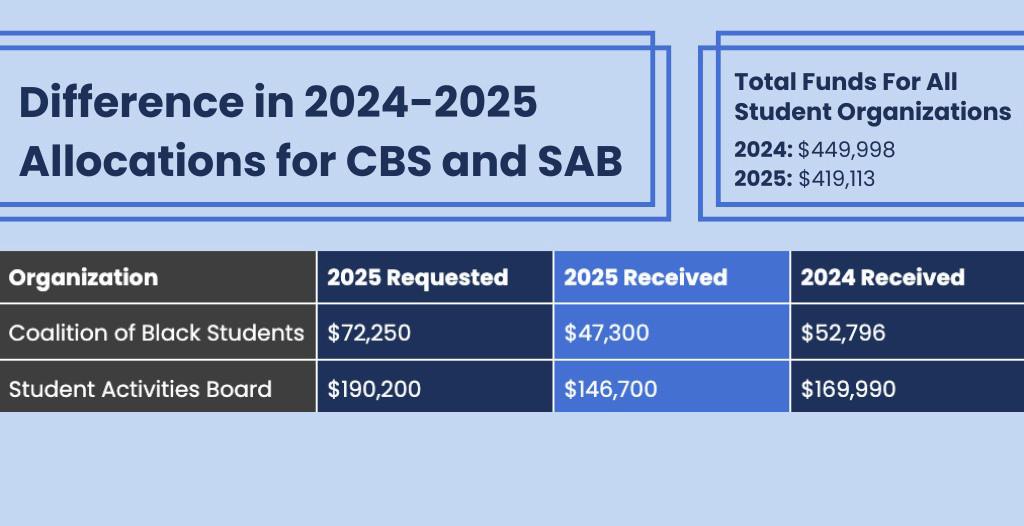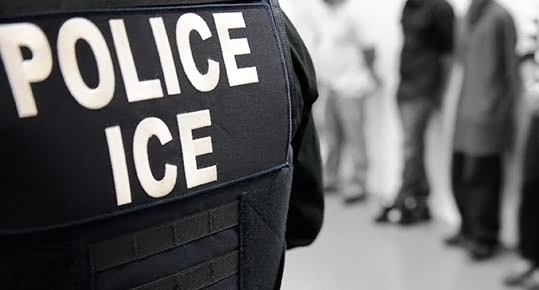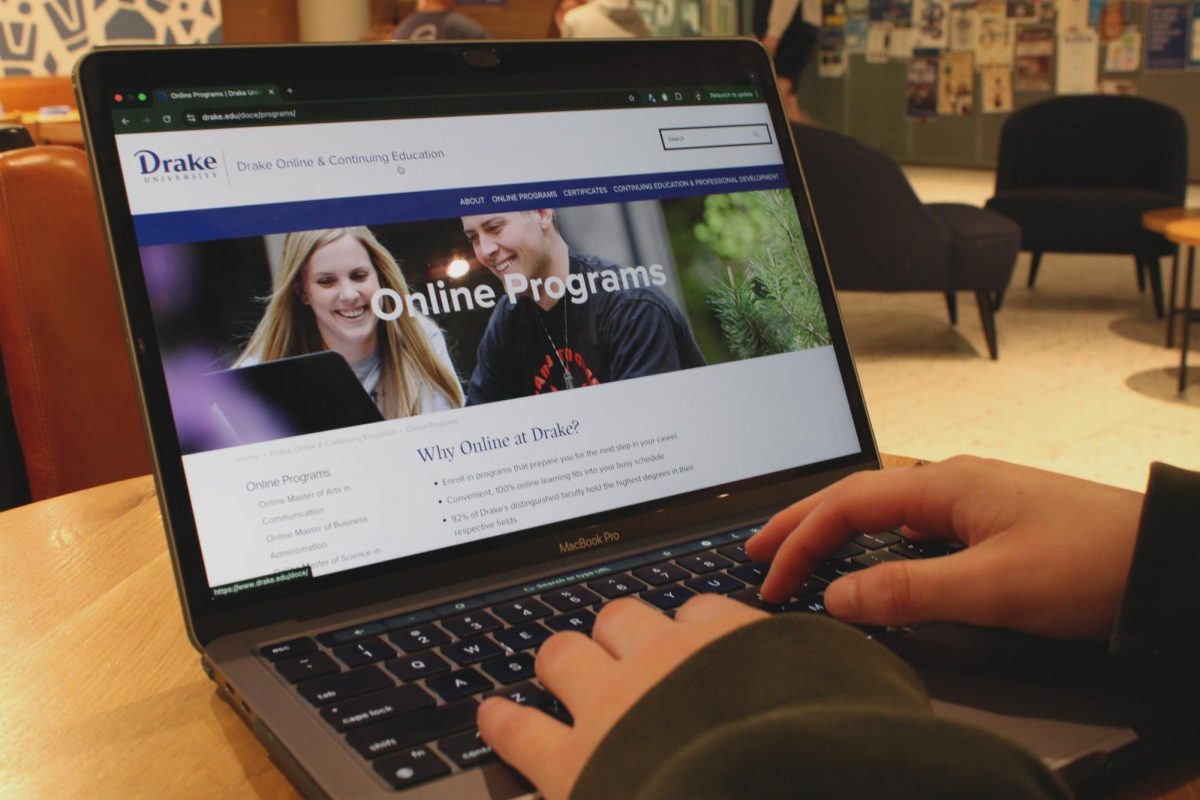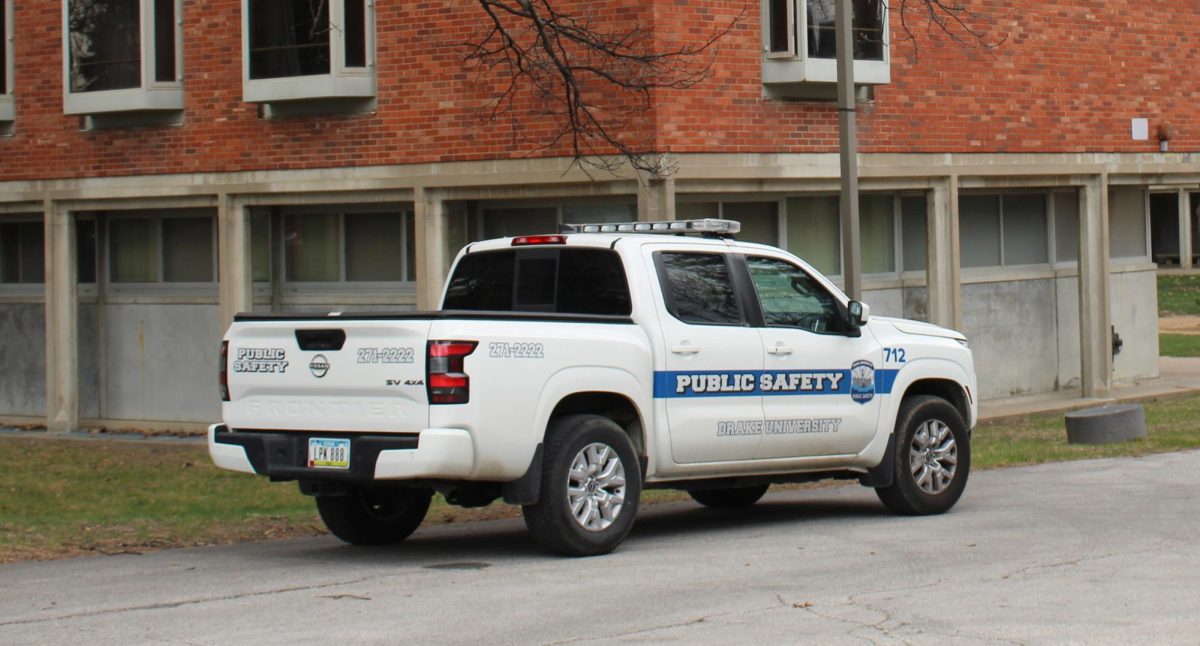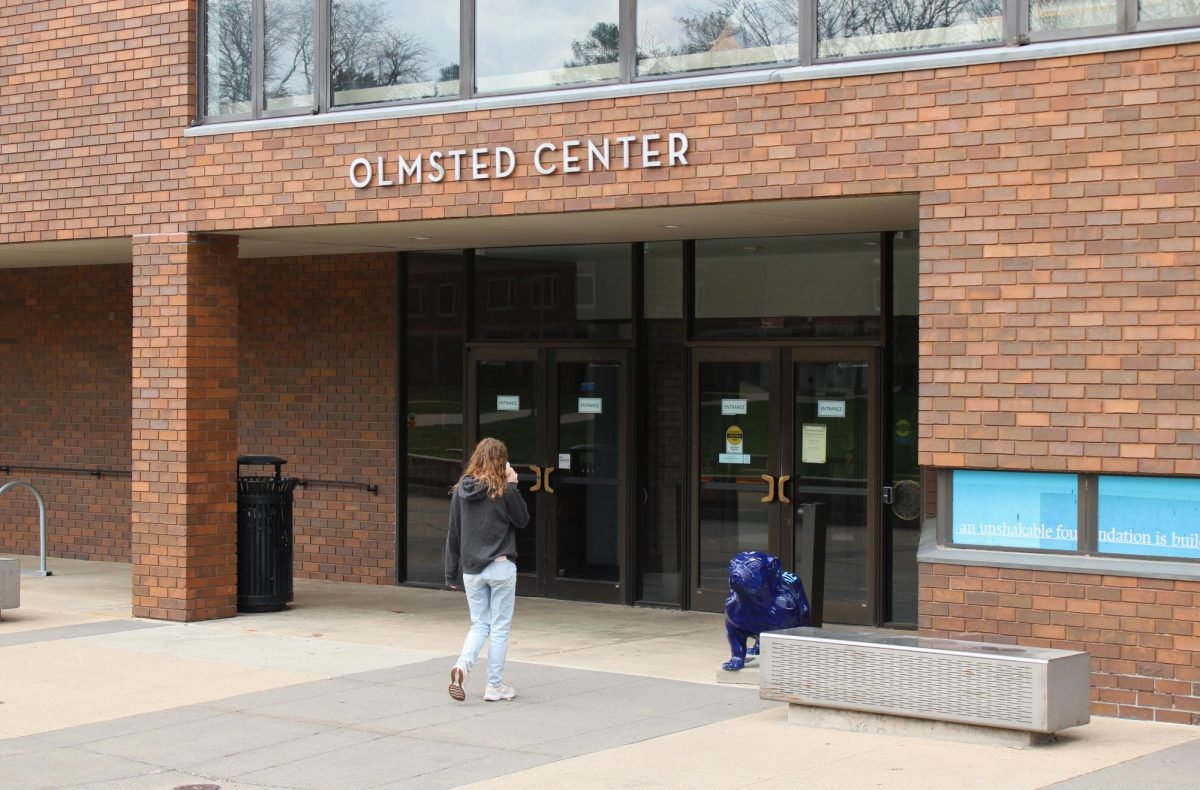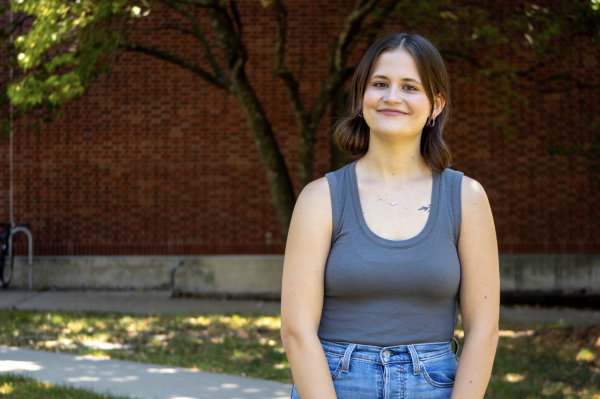In 2020, World Athletics, the organization that oversees the Drake Relays, as well as other track and field events around the country, promised to be carbon neutral by 2030. In its press release announcing the pledge, World Athletics said it would achieve this by reducing the carbon output of events it oversees by 10% each year until it hits its goal. Five years after this pledge, those initiatives are getting started at Drake.
The Carbon Neutral Relays Project is one of several projects in this year’s environmental science and sustainability capstone class. Three students, including seniors Katie Krueger and Annika Fredeen, are working on the project.
“We were placed according to our abilities, strengths and what we’re mostly interested in,” Krueger said. “I was placed in the Carbon Neutral Relays Project. We’re hoping to create a pathway for Drake and future capstone projects to work towards the carbon neutral goal.”
Typically, carbon neutrality plans start with an audit. Events set a baseline by measuring the carbon released by an event. Once those are measured and accounted for, sustainability planners can create a plan to counteract the event’s complete carbon emissions. The main goal of the project this year is to measure the Relays’ carbon footprint.
“Our main priority is coming up with a followable outline of how Relays’ carbon emissions should be counted going forward,” Fredeen said. “We have a lot of the pieces, but as we’ve come to find out, those pieces require some conversion and estimation to calculate the current carbon footprint. Going into Relays 2026, we want the University to essentially have a guidebook on who needs to be recording what.”
The carbon footprint measuring process breaks carbon emissions down into three categories: scope one, scope two and scope three. David Courard-Hauri, professor of environmental science and sustainability, said the initial focus of this project is on scope three emissions — emissions indirectly generated by the event, like waste disposal or air travel to and from the Relays.
“For example, Drake doesn’t have permanent recycling receptacles in Drake Stadium, right?” Courard-Hauri said. “We usually would rent them from the city for large events, but it looks like that’s not going to be possible this year. There are all these things that we need to work on to make sure that by 2030, they all just go seamlessly.”
Having more data on current emissions will allow the project to move towards the goal of eliminating them.
“Once we know where our emissions are, we’ll also be able to identify what are some things that will be easy to shift, what are some things that might take more work to shift,” Courard-Hauri said. “There may be some things that we won’t be able to shift that we’ll have to come up with. Do we buy carbon offsets or things like that to get that final bit to our goal?”
Fredeen sees streamlining information as one of the group’s biggest challenges.
“There are so many different departments and faculty that contribute to Relays, and while that’s beneficial in most senses, it can make our work a little more challenging,” Fredeen said. “In some cases, the information we need simply isn’t recorded or tracked, but that’s what this project is seeking to address.”
Courard-Hauri also believes collaboration with other organizations, including energy providers and other universities, is essential to making this project work.
“If the other athletic departments start using electric buses rather than gasoline or diesel [to travel to the Relays], that will change [things],” Courard-Hauri said. “We don’t know yet what the roadmap’s going to look like.”
This initiative also fits into Drake’s 2013 pledge to achieve University-wide carbon neutrality by 2050. Courard-Hauri hopes the results of this project will serve as a model for other Drake events moving forward.
“We’ve talked a long time about sustainable events,” Courard-Hauri said. “How do we make our events more sustainable? Since this is our marquee event, any work we do here will build our ability to do those in other places. I think this is coming in a really good time.”
Krueger is excited to see the project continue to evolve over the next five years.
“Getting the opportunity to work on something like this that I feel does have a tangible, visible difference to be made, I think is really impactful for students,” Krueger said. “Seeing that institutions that you are invested in do have environmental goals that they are actively reaching towards I think is really important.”
World Athletics did not respond to requests for comment.
Editor’s note: Times-Delphic Editor-in-Chief Mack Swenson is also working on this project through this year’s environmental science and sustainability capstone class.

